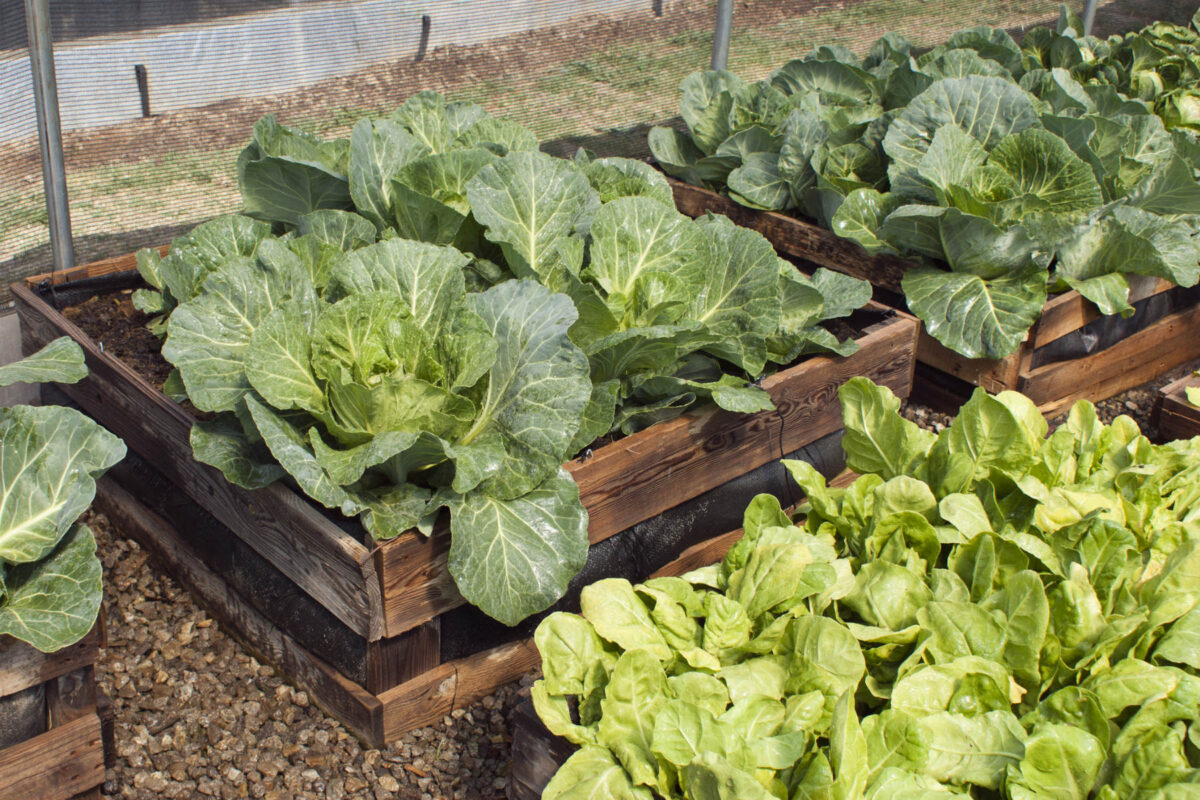With the cost of groceries skyrocketing, the popularity of gardening has grown lately. Plus, many people like the idea of farm-to-table cooking from your very own vegetable garden. But if you live in the city, how do you begin? Follow my simple guide to create your own urban garden oasis right here in Tulsa.
Urban Garden Guide
Finding the Right Space
Your available space determines what you grow and how much. Container gardening works best in city spaces. It also works well for beginner gardeners in single-family homes. If space is an issue, start small with an herb garden. Accomplish this with individual pots on your windowsill. Hydroponic gardening also works well for those living in a condo, townhome, or apartment. You just need a countertop and access to electricity for your light source.
What Do You Want to Grow?
For beginners and those cramped for space, herbs, lettuce, tomatoes, and strawberries work well in containers. Hydroponic gardening companies often include seedlings with their kits. Peppers (both bell and spicy) grow well in smaller spaces. Plant zucchini and squash in a container on your balcony. Just make sure you go easy with how much you plant. They grow quite rapidly and quickly produce several pounds at a time. Also, each vegetable requires differing amounts of sunlight to thrive. So only plant vegetables next to each other that require the same amount to ensure that they grow properly.
Light Source
Speaking of light, most vegetables need several hours of sunlight each day. During the colder winter months, this might be more of a problem. But that’s what makes container gardening (especially indoors) and hydroponics so perfect for an urban garden. Make sure sunlight reaches where you plant your garden for a good portion of the day. If there is no location like that, you can still plant lettuce and chard. They grow well in more shaded areas. Before planting, make sure you research how much light you need. Full sun means six to eight hours of direct sunlight. Partial sun means at least four hours of direct sunlight with up to two more hours of filtered sunlight.
Drainage
Finally, you need to allow for proper drainage. Pots need holes in the bottom with a plate or bowl to catch the excess. Containers also need to sit on something that catches water.
I hope that helps get you ready to plant your urban garden. Good luck!


